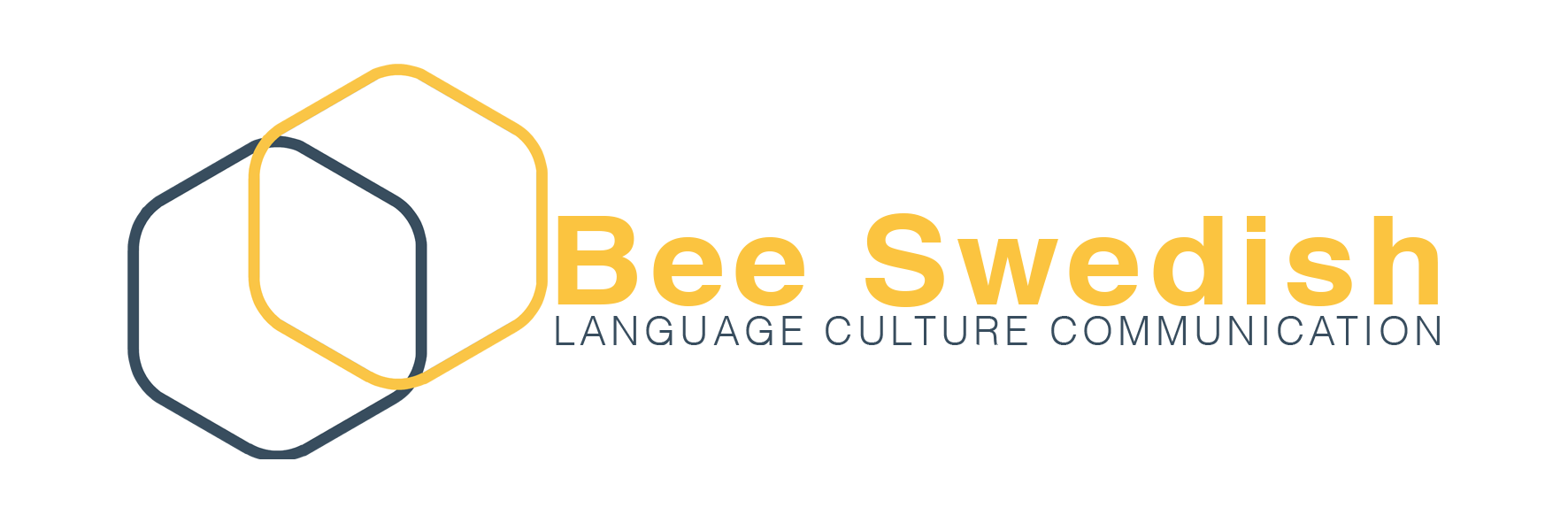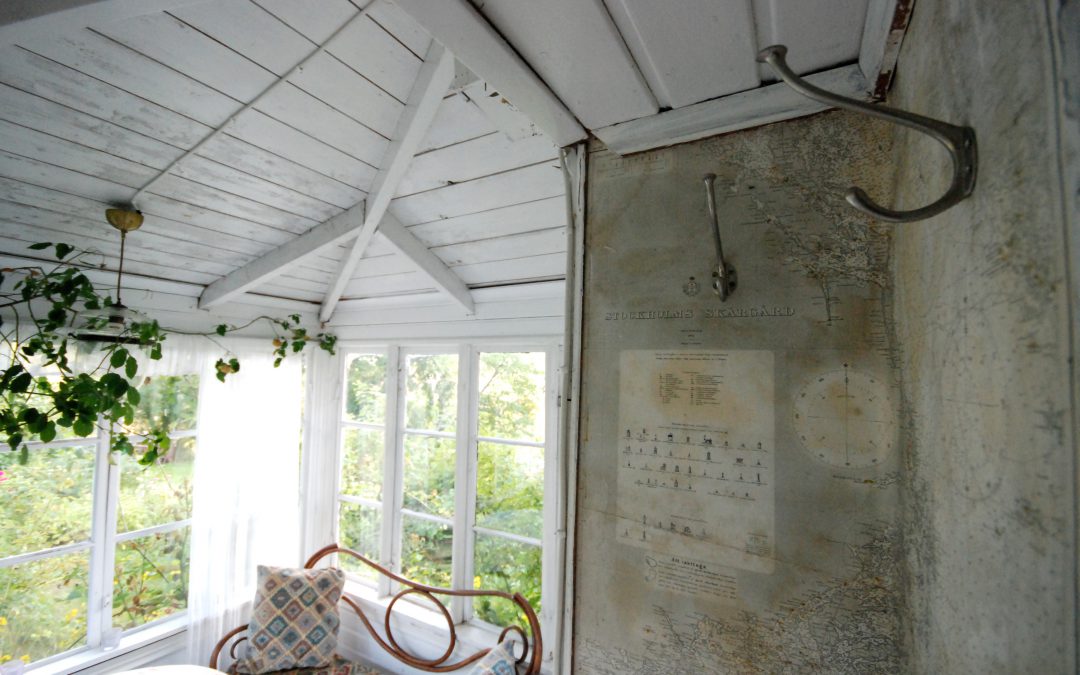This is a guest post from Verena Kutschera, Raja Hashim Ali and Toby Fountain,
Evolutionary Biology Program, Uppsala University.
Bee Swedish gave a presentation on Swedish communication style, at their Department Days, 20:th January, 2017.
Notes from a workshop at the Evolutionary Biology Program, Uppsala University
30 January 2017
Our program is comprised of research and administrative staff from more than 15 countries around the world. Some of us are Swedes, others have lived here for many years or have just recently moved to Sweden. On the 19th and 20th of January we gathered together for two days to discuss scientific projects, to socialize and to talk about various topics surrounding our work lives.
Communication is important not just at work but also in our everyday lives. Newcomers, and even those who have lived in Sweden for many years, are sometimes puzzled by the Swedish way of communication, which can contrast with their home cultures. This is why we were very happy that Sofi and Djina from Bee Swedish joined our department meeting to give new, intercultural perspectives on Swedish culture and communication. In particular, we wanted to learn more about how these differences in culture may affect us in everyday and work situations, as well as communication within these international teams.¨
So what were the take home messages? First, we were reminded that each individual is unique and that these individual differences should always be kept in mind when talking about cultural differences. Cultural stereotypes can help as a guideline but shouldn’t be taken too strictly. Next, we learned more about general concepts of communication and the difference between one’s individual perception and the actual underlying message. This was the basis for an introduction into Erin Meyer’s model on decoding cultural differences in international working environments (“The Culture Map”, 2014). Sofi and Djina focused on three dimensions from the model: facts (low vs. high context communication), evaluating/feedback (direct vs. indirect) and disagreement (confrontational vs. avoid confrontation).
So how does the Swedish culture compare relative to other national cultures in these three aspects? What makes communication perhaps most difficult is the contrast between communicating facts (which could superficially be interpreted as being direct), and avoiding confrontations by giving feedback in an indirect way. Several real-life examples nicely illustrated these concepts. As one colleagues pointed out afterwards it was very interesting to look back at some emails with this new knowledge: he certainly recognised some of the traits that were highlighted.
What we learned seems to roughly fit with general perceptions of Swedishness by other nationalities: a tendency to talk little, an introverted, sometimes maybe even rude appearance, and general avoidance of open conflicts. However, we also learned that Swedes regard it as impolite to talk about private topics in public situations and if they appear distant and introverted, it is in an effort to protect everyone’s privacy. Topics that are often more comfortable to be brought up in informal conversations include small talk like the weather, but discussions on politics or other topics touching personal opinions may be met with some resistance. Typically these topics are discussed with family members and close friends.
This generated plenty of discussion from the audience. For example, what is the best advice for someone moving to Sweden for only a few months or years who is trying to make friends? Here we learned that distance can be the key: don’t invade the other’s personal space too early and try to get to know each other through activities that don’t require too much conversation. Give it some time and patience, and suddenly you will notice that you will have found yourself a very close friend!
Finally, Sofi and Djina suggested to assess our own, personal cultural profiles using an online tool based on Erin Meyer’s model, and to compare different national cultures using Gert Hofstede’s model based on six cultural dimensions.
So how will this seminar help us in the future? We hope that these insights will generally help to improve communication between members of our program, as we are more aware of certain cultural differences in the handling of everyday and work situations. The seminar was a good introduction for our international colleagues to learn more about the Swedish culture, and this will hopefully encourage them to feel more home in Sweden.
© Verena Kutschera, Raja Hashim Ali and Toby Fountain, 2017
Photographs by Verena Kutschera.

